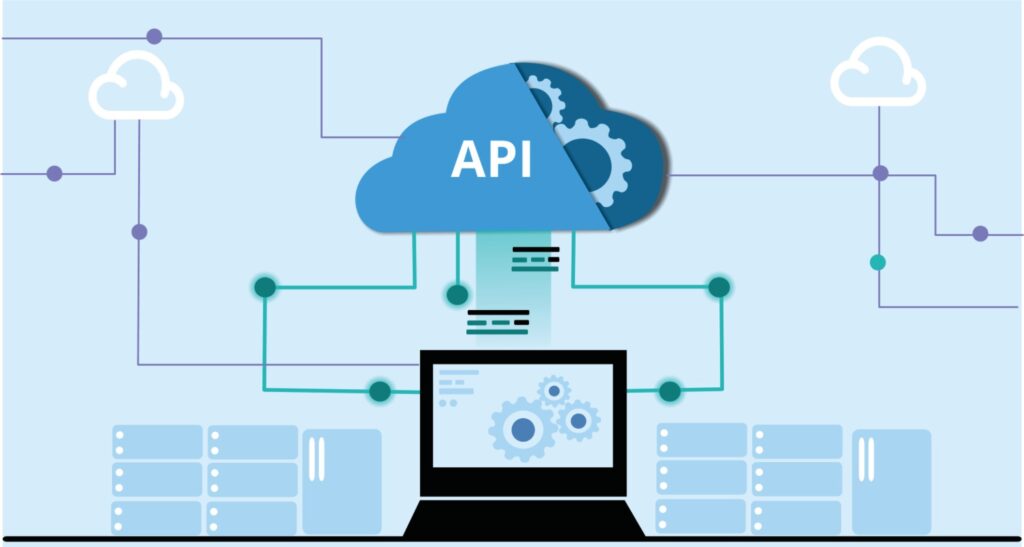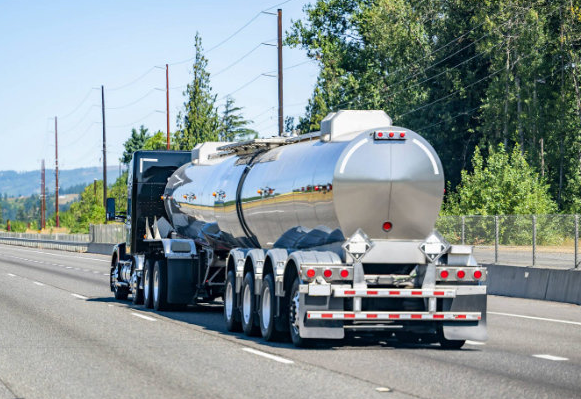Editor's Pick


A Route Optimization API is a specialized tool that enables developers to integrate advanced route planning and optimization capabilities into applications. It automates the process of determining the most efficient routes for vehicles or personnel, considering multiple constraints and objectives. Here's a structured breakdown: Multi-Stop Optimization: Determines the optimal order to visit multiple locations, solving problems akin to the Traveling Salesman Problem (TSP) but with real-world variables like traffic and vehicle constraints. Dynamic Constraints: Time Windows: Ensures arrivals within specified time frames (e.g., delivery slots). Vehicle Capacity: Accounts for load limits, fuel capacity, or vehicle type (e.g., trucks vs. bikes). Traffic/Weather: Integrates real-time data for adaptive routing. Efficiency Goals: Minimizes distance, time, fuel costs, or the number of vehicles required. Scalability: Handles large fleets and complex logistics using cloud-based distributed computing. Real-Time Adjustments: Reroutes dynamically due to traffic, accidents, or new orders. Input: Developers send parameters (start/end points, stops, constraints) via API requests. Processing: The API uses algorithms (heuristics, genetic algorithms) to compute optimal routes. Output: Returns structured data, including waypoint order, ETAs, turn-by-turn directions, and cost estimates. Delivery Logistics: Optimizes last-mile delivery for e-commerce. Field Services: Schedules technicians for repairs/maintenance. Ride-Sharing: Matches passengers and drivers efficiently. Public Transport: Plans bus routes or emergency response paths. General Mapping: Google Routes API,Mapbox, HERE Technologies. Specialized: Dynaroute.ai Integration: Often paired with GPS tracking, traffic APIs, or IoT sensors. Security: Uses API keys, OAuth, or token-based authentication. Pricing: Typically based on requests, complexity, or features. May cap waypoints or require premium tiers for real-time data. Balance between speed and optimality (e.g., approximate solutions for quick results). A Route Optimization API is essential for businesses aiming to reduce operational costs and improve efficiency in logistics. By automating complex routing decisions, it enables smarter resource allocation and enhances service reliability. Developers leverage these APIs to build scalable solutions tailored to dynamic transportation needs.Key Features
How It Works
Use Cases
Providers
Technical Considerations
Limitations
Conclusion





